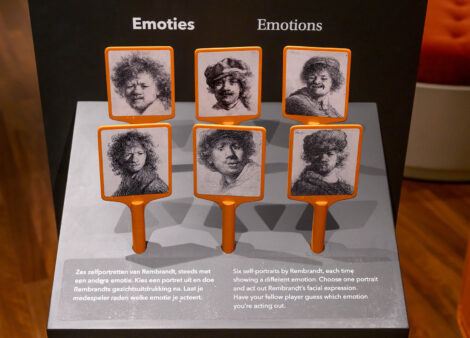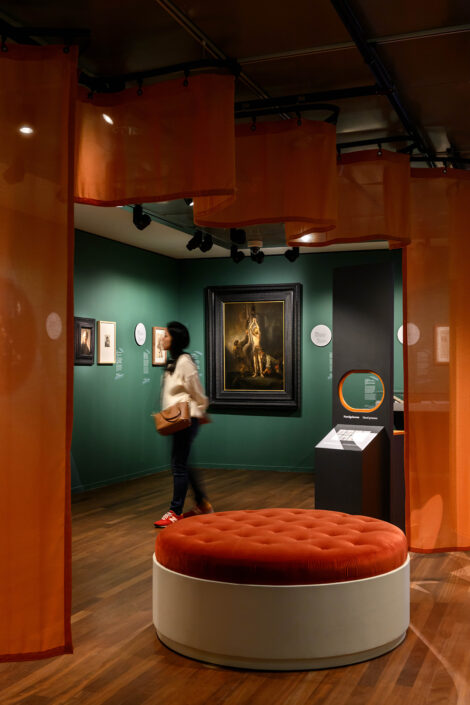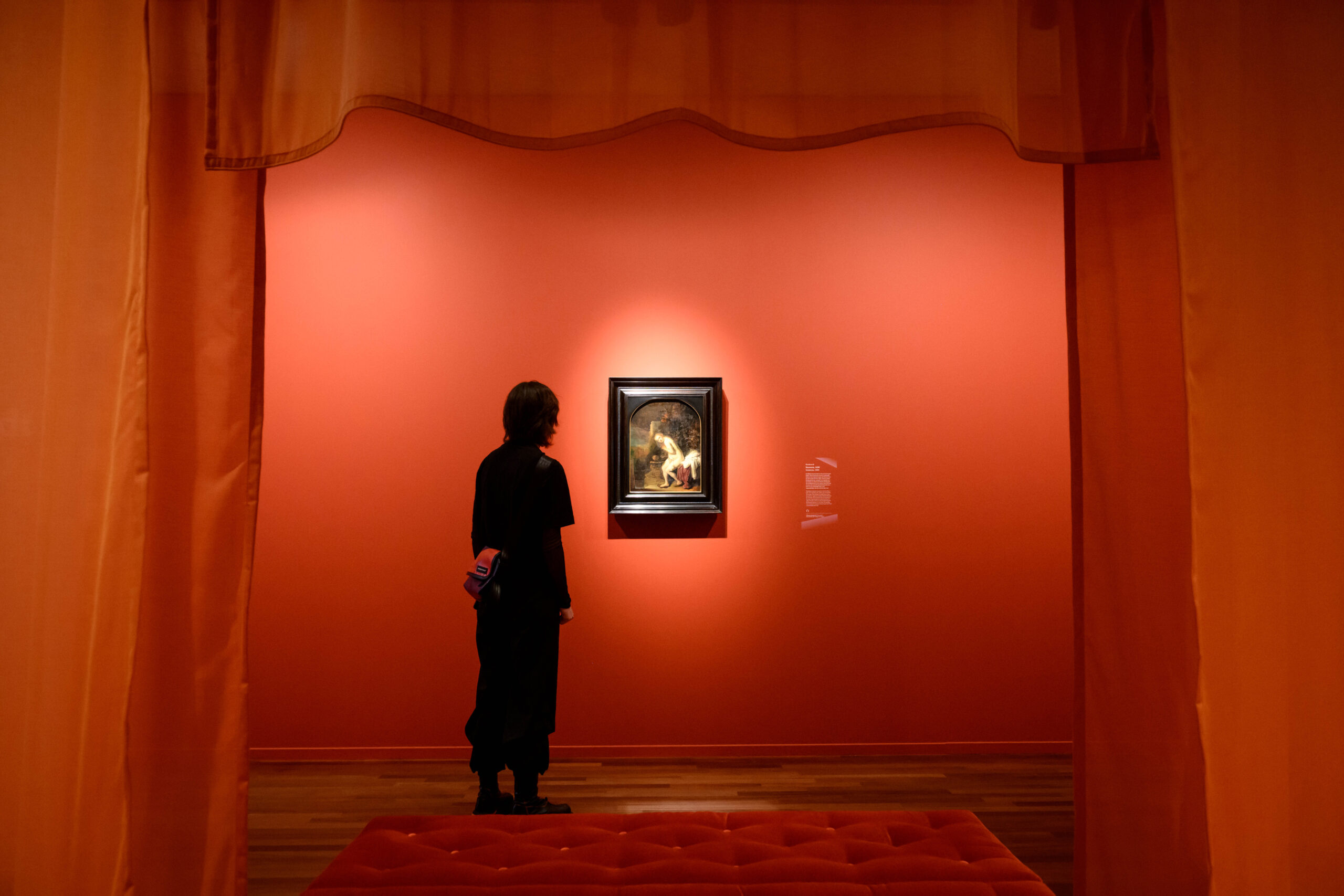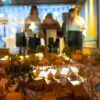
Directed by Rembrandt
Explore Rembrandt’s 7 directional techniques
In Rembrandt’s time, both artists and theatre makers played important roles in sharing stories. Just like a theatre maker brings his audience on a carefully guided experience, Rembrandt did the same with his art. Using various techniques in his compositions, such as hand gestures, light, poses or costumes and attributes, Rembrandt was able to tell a complete story through a static image.
In this exhibition, you initially learn about the theatrical techniques Rembrandt deployed in his work to tell his story. These techniques are introduced through an animation of his famous painting the Night Watch. Then you join Rembrandt in a theatre, and see where he learned these techniques. Finally, you are invited to view three of his masterpieces, in which all of the techniques he used to tell his stories are combined.
CLIENT
Museum Rembrandthuis
Term: 2 march – 26 may 2024
Year: 2024
Location: Museum Rembrandthuis, Amsterdam
Photography: Mike Bink
In the upstairs space, you learn about the theatrical techniques Rembrandt deployed in his work to tell his story. Each one of these techniques is highlighted and linked to particular symbols, and shown in an animation of his famous painting the Night Watch.

After being introduced to the directional techniques, the visitor joins Rembrandt in the theatre. There, the visitor learns more about where Rembrandt learned his techniques – in the world of theatre in 17th-century Amsterdam.



Step into the role of director, and practice hand gestures and facial expressions with other visitors. Can you guess what all of the gestures mean?

In the downstairs space, visitors are invited to sit down to view three masterpieces. One of these, the Hundred Guilder Print, is clearly explained using projection, each of the seven directional techniques is highlighted one by one, and in this way the story behind the print is told.











